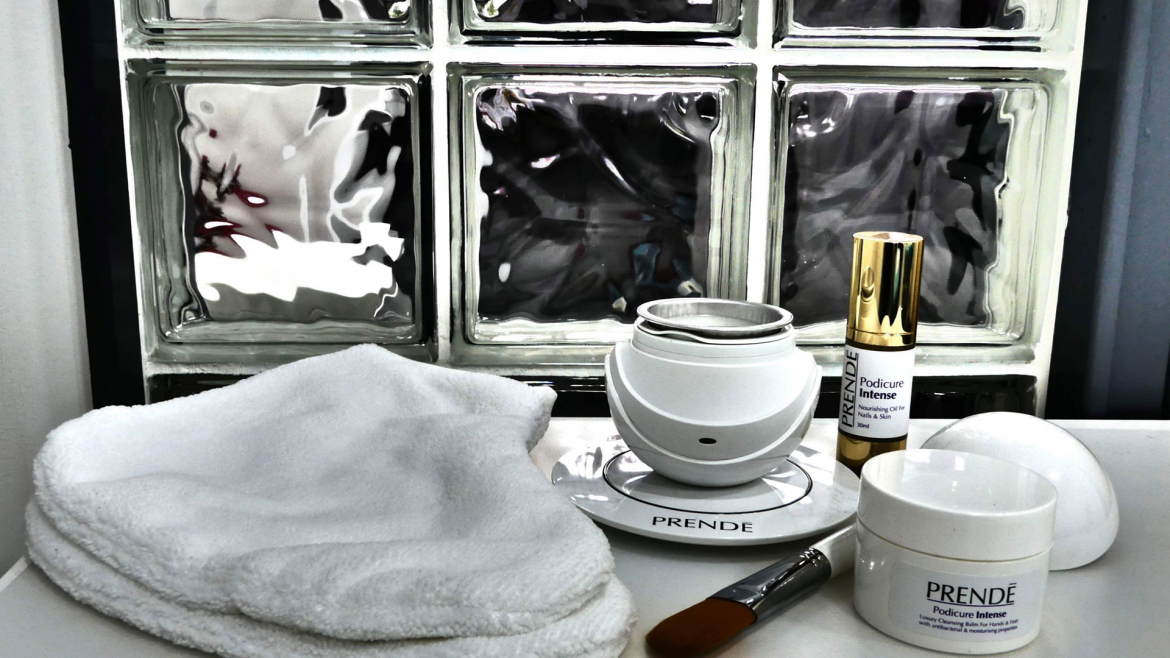Anyone for some Warm Wax Therapy this Winter?
Warm wax – what is it – and why do Podiatrists use it?
Warm wax therapy is not a new treatment. Podiatrists have used it for years to help with dry cracked heels aching joints and to ease irritated chilblains. Not only does the wax have a soothing effect, but it also simultaneously moisturizes the skin. Regular users have described it as “a bit like a facial, but for your feet”.
How has warm wax therapy changed over the years?
Warning – If you are squeamish DO NOT read any further.
Ultimately the therapeutic benefits and scenarios in which warm wax is recommended have not changed, only the delivery method has altered. In the not too distant past (but before I qualified) the feet or hands were submerged into a large tank of wax, which had taken hours to melt. After 10 to 15 minutes the wax would be peeled off and returned to the tank to be melted again for reuse. Clients loved it, but it was messy and with the rise in antibiotic resistance and the need to prevent cross infection, new application measures were required and so the multi dipping tanks became extinct. Now single use wax pods are used instead. These small pods are not only more hygienic but they also prevent waste, reducing the impact on the environment. They are also equally as effective as the old method, so it’s a win-win situation. Wax from the small cupcake sized pods can be applied to most body areas, but podiatrists tend to focus their application on the feet. The wax pods are individually wrapped and heated on a small orb shaped heater. Once warm, the wax is then painted onto the feet using heat resistant brushes. Bags and towel booties are then placed over the wax to keep the heat in. A compatible oil is usually applied to the feet prior to the wax application to allow for easy removal at the end of the treatment.
Contact your podiatrist for more information on the benefits of warm wax therapy. It can be booked as a standalone treatment, but is more effective following a routine podiatry appointment.





